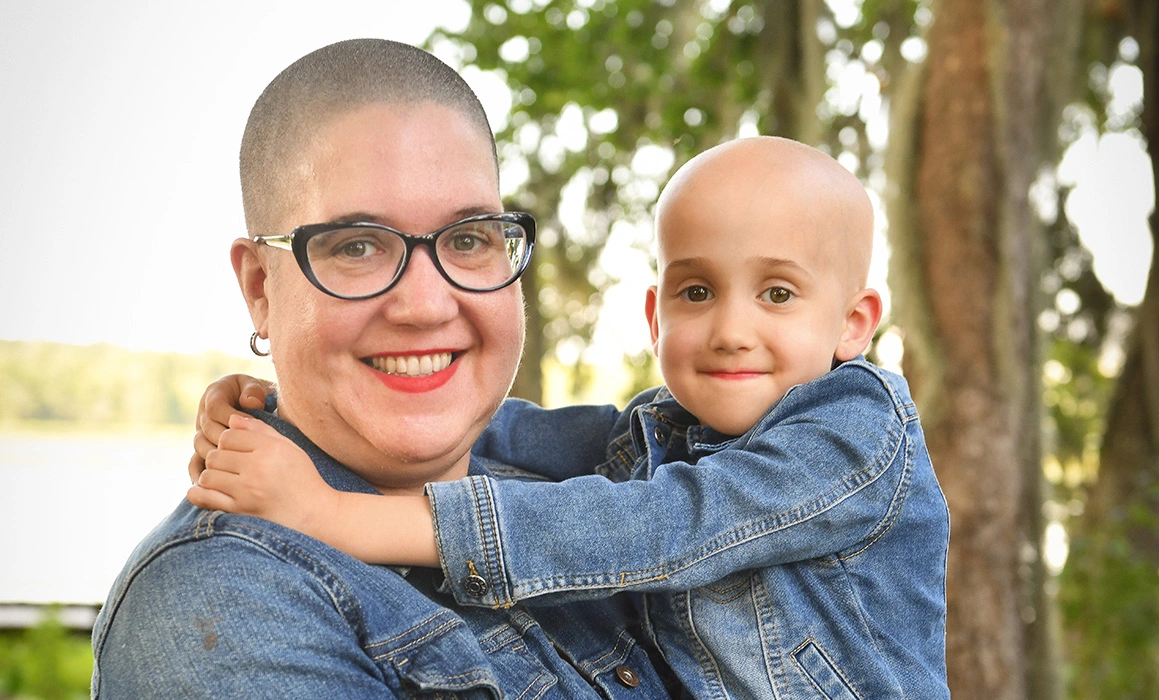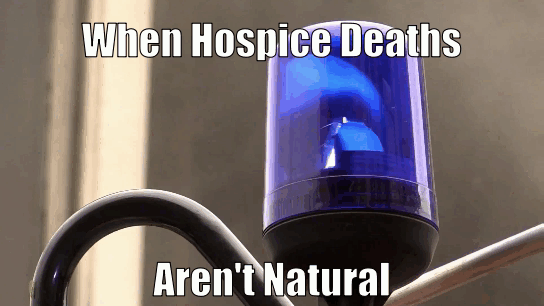This blog post is dedicated to one of many Facebook discussions I’ve participated in. There’s a crime fiction group I’m a member of where writers can post questions about police procedures and investigations so they can write accurate stories. A bunch of people were asking questions about death investigations and morgues which was super exciting for me because that’s right up my alley.
Sometime during this discussion one of the other writers volunteered that he’d taken a tour of his coroner’s office and they told him that they bring all hospital deaths into their office for an examination – except for hospice deaths.
Two thoughts crossed my mind. First, that must be a very busy office if they have EVERY hospital death transported for an examination. I wondered if he misunderstood something. Generally, state law requires that hospitals report certain deaths to coroner/medical examiner’s offices – including – but not limited to – homicides, accidents, and infant deaths. However, hospitals – as part of their policy – may require their staff to report every death for “CYA” purposes. And that’s fine. That’s typically a five minute phone in which the coroner/medical examiner investigator will likely decline any further involvement so long as the death being reported doesn’t have a forensic question attached to it.
But every coroner/medical examiner’s office does things different and I’ve never worked at that office so it’s entirely possible every hospital death is transported to the county morgue for an examination (examination does not mean full autopsy). Never assume that just because one office does things a particular way that every office in that state or the country has the same procedures.
Second, not all hospice deaths are natural deaths.
Often “hospice death,” is used interchangeably with natural death. Why? Because 99.9999999% of the time they are natural deaths. But when I was working as a death investigator, the health department frequently kicked death certificates over to the medical examiner/coroner’s office for correction because the hospice doctor listed the wrong manner of death.
- Natural
- Homicide
- Suicide
- Accident
- Undetermined
In theory a hospice death would be classified as a natural death. Except when it isn’t a natural death because there is an unanswered forensic question attached to it. Such as a recent injury or an injury that caused chronic illnesses.
Here’s what sometimes happens:
Every state’s death certificate may vary in appearance but they’re all going to have a spot for the cause and manner of death as well as other major medical history. So – for example – the hospice doctor will list the manner of death as natural, the cause of death as pneumonia and then under significant medical history, he’ll list quadriplegia from an accident such as a motor vehicle accident (MVA.)
When the health department receives the death certificate and sees MVA and quadriplegia written on it, they freak out.
And they send the death certificate to the coroner/medical examiner for an investigation. Why? Because now there is a forensic question surrounding the decedent’s death. Could the pneumonia have been a result from the quadriplegia and MVA?
The first thing the investigators will do is acquire the decedent’s medical records and x-rays as well as the accident investigation report for the MVA. In some cases, interviewing the decedent’s family members may also be necessary. Once all of the paperwork has been received, the case file is forwarded to the pathologist who digs through all of it to make a determination. Then the sequence of events is analyzed by the pathologist.
- Does MVA + Quadriplegia = Pneumonia and Death?
- How much time spanned between the patient’s injury and death?
- What was the patient’s overall health like after the accident?
- Did the patient have any other habits like smoking or heavy alcohol use that could’ve contributed his death?
- What was the patient’s overall health before the accident?
- Any other questions the pathologist has.
Quadriplegia is notorious for causing a number of chronic health conditions that can lead to death. My gut says the manner of death would likely be changed to “Accident.” However, the final decision is made by the pathologist and due to variables I’m not aware of because I’m not a pathologist, the death could also be left as natural. What I want everyone reading this to focus on is that the injury listed on the death certificate created a forensic question that only a forensic pathologist can answer. Hospice doctors and general practitioners are not qualified to make these decisions.
The other issue I’ve seen is when a hospice doctor would list a hip fracture on the death certificate along with a truck load of other medical issues. Once again, the health department, upon seeing the hip fracture, would freak out.
Hip fractures can also cause a patient’s health to rapidly deteriorate and if they were in overall good health prior to the hip fracture, the manner of death may actually be accidental. Not natural.
However hip fractures can be tricky. Death investigators have to determine how the hip fracture happened. For example, if the patient suffered a non-traumatic aneurysm, fell, and fractured his hip, then there’s a possibility the manner of death is actually natural. Sequence of events is very important when investigating deaths. I can’t say for sure if the pathologist would classify this case as a natural death (but that’s my gut.) Once again, injuries listed on a death certificate create a forensic question that only a forensic pathologist can answer.
The above cases mentioned are only two examples of when a hospice death may not be natural. There are other situations I haven’t mentioned, like suspected cases of drug overdoses, I’ll save those for a later discussion.
Both of the cases I mentioned above have one more thing in common than what I’ve already mentioned.
Wealthy husband shoves ill wife down a flight of stairs. She breaks her hip. He tells the hospital that she became faint while walking down the stairs and fell. Her health rapidly declines. She’s placed on hospice. He bribes the hospice doctors and workers to leave the injury off the death certificate. But unfortunately for the husband, there was a witness. Someone who couldn’t be bought. And now it’s a race against time for the sleuths on this case to prove his guilt before his wife’s remains are cremated.
If you have any questions, feel free to leave them in the comments. Or, you can send an email to contactme@amariesilver.com.
Thanks for shopping Snark, Sass, & Sarcasm. I’ll see you next time.
Share this:
- Click to share on Facebook (Opens in new window)
- Click to share on Twitter (Opens in new window)
- Click to share on Pinterest (Opens in new window)
- More
- Click to share on Reddit (Opens in new window)
- Click to share on Telegram (Opens in new window)
- Click to print (Opens in new window)
- Click to share on Pocket (Opens in new window)
- Click to share on LinkedIn (Opens in new window)
- Click to share on WhatsApp (Opens in new window)
- Click to share on Tumblr (Opens in new window)






